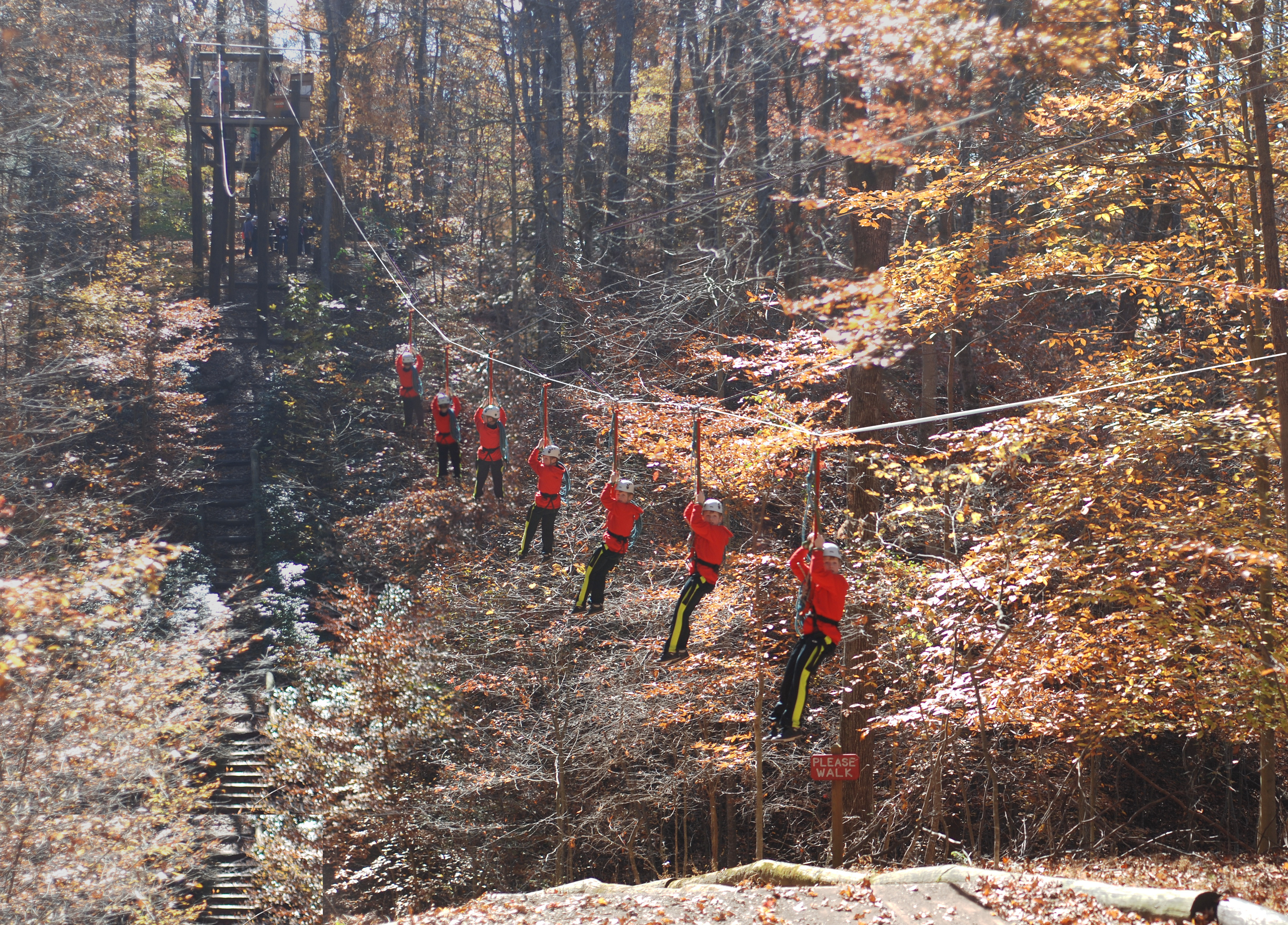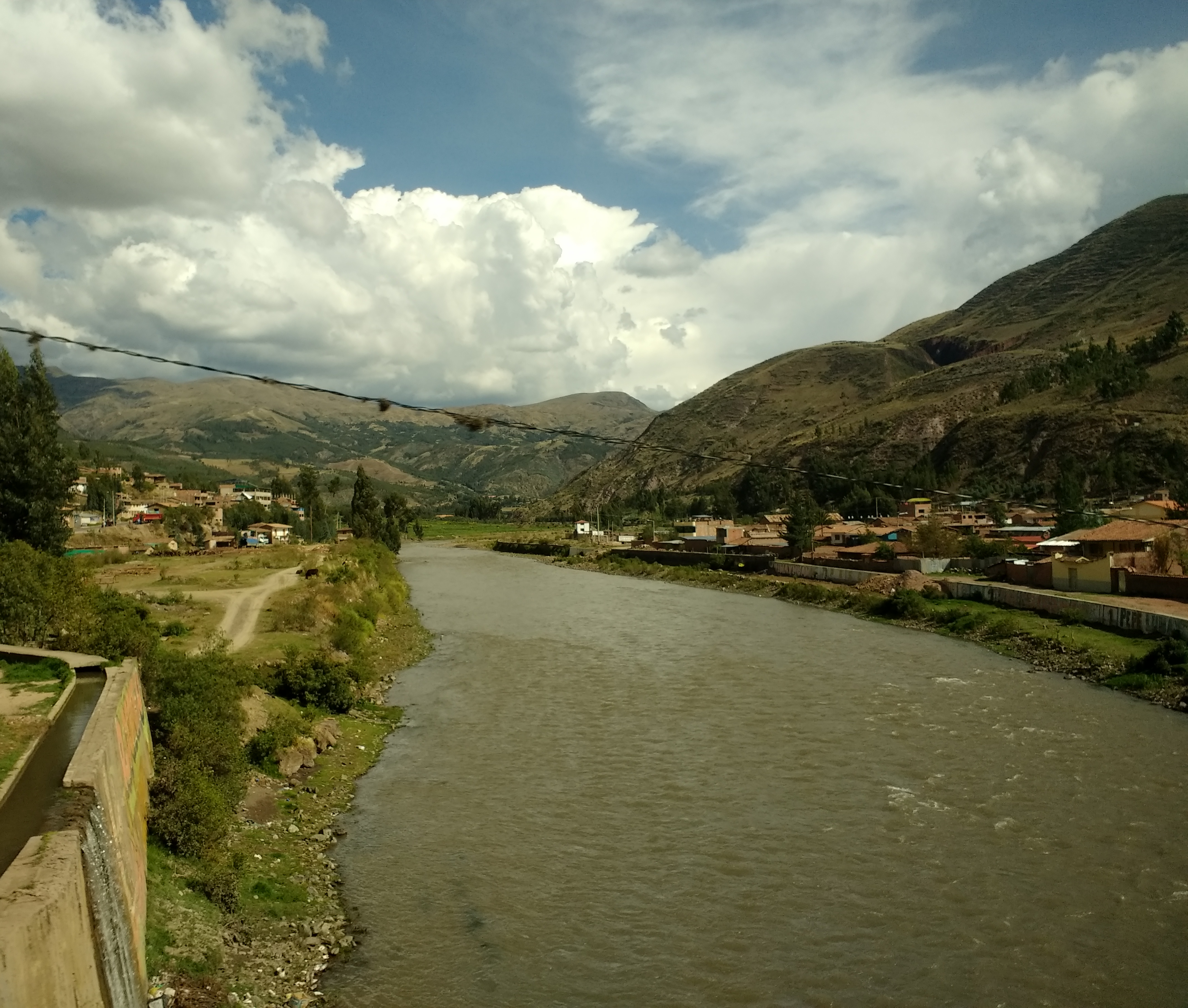|
Machu Qullqa
Machu Colca, ''Machuqolqa'' or ''Machu Qollqa'' (from Quechua ''machu'' old, old person, ''qullqa, qulqa'' deposit, storehouse)Teofilo Laime Ajacopa, Diccionario Bilingüe Iskay simipi yuyayk'ancha, La Paz, 2007 (Quechua-Spanish dictionary) is an archaeological site in Peru. It lies in the Cusco Region, Urubamba Province, Huayllabamba District, a few minutes outside of Chinchero. Machu Colca is situated at about of elevation, above the left bank of the Urubamba River, near the village of Raqch'i ''(Raqchi)''. The archeological site features 14 terraces with partial buildings, while the adjacent parking lot is lined with small handicraft stores and a Zip line park. See also *List of archaeological sites in Peru *Chinchero District * Kellococha * Yanacocha Yanacocha ( Cajamarca Quechua: ''yana'' = "black, dark", ''qucha'' = "lake, puddle, pond, lagoon") is a gold mine in the Cajamarca region of the Northern Highlands of Peru. Considered to be the fourth largest gold mine ... [...More Info...] [...Related Items...] OR: [Wikipedia] [Google] [Baidu] |
Urubamba Province
Urubamba Province is one of thirteen provinces in the Cusco Region in the southern highlands of Peru. Geography The province is bounded to the north by the La Convención Province, to the east by the Calca Province, to the south by the Cusco Province and the Anta Province, and to the west by the La Convención Province. The Urupampa and Willkapampa mountain ranges traverse the province. Some of the highest peaks of the province are listed below: Political division The province is divided into seven districts ( es, distritos, singular: ''distrito''), each of which is headed by a mayor (''alcalde''). The districts, with their capitals in parenthesis, are: * Chinchero ( Chinchero) * Huayllabamba ( Huayllabamba) * Machupicchu ( Machupicchu) * Maras ( Maras) * Ollantaytambo (Ollantaytambo) * Urubamba ( Urubamba) * Yucay ( Yucay) Ethnic groups The people in the province are mainly indigenous citizens of Quechua descent. Quechua is the language which the majority of the ... [...More Info...] [...Related Items...] OR: [Wikipedia] [Google] [Baidu] |
Zip Line
A zip-line, zip line, zip-wire, flying fox, or death slide is a pulley suspended on a cable, usually made of stainless steel, mounted on a slope. It is designed to enable cargo or a person propelled by gravity to travel from the top to the bottom of the inclined cable by holding on to, or being attached to, the freely moving pulley. It has been described as essentially a Tyrolean traverse that engages gravity to assist its speed of movement. Its use is not confined to adventure sport, recreation, or tourism, although modern-day usage tends to favor those meanings. History Ropeways or aerial cables have been used as a method of transport in some mountainous countries for more than 2,000 years, possibly starting in China, India and Japan as early as 250 BC, remaining in use in some remote areas in China such as Nujiang (Salween) valley in Yunnan as late as 2015 before being replaced by bridges. Not all of these structures were assisted by gravity, so not all fitted the definitio ... [...More Info...] [...Related Items...] OR: [Wikipedia] [Google] [Baidu] |
Ruins In Peru
Ruins () are the remains of a civilization's architecture. The term refers to formerly intact structures that have fallen into a state of partial or total disrepair over time due to a variety of factors, such as lack of maintenance, deliberate destruction by humans, or uncontrollable destruction by natural phenomena. The most common root causes that yield ruins in their wake are natural disasters, armed conflict, and population decline, with many structures becoming progressively derelict over time due to long-term weathering and scavenging. There are famous ruins all over the world, with notable sites originating from ancient China, the Indus Valley and other regions of ancient India, ancient Iran, ancient Israel and Judea, ancient Iraq, ancient Greece, ancient Egypt, Roman sites throughout the Mediterranean Basin, and Incan and Mayan sites in the Americas. Ruins are of great importance to historians, archaeologists and anthropologists, whether they were once individual fort ... [...More Info...] [...Related Items...] OR: [Wikipedia] [Google] [Baidu] |
Archaeological Sites In Cusco Region
Archaeology or archeology is the scientific study of human activity through the recovery and analysis of material culture. The archaeological record consists of artifacts, architecture, biofacts or ecofacts, sites, and cultural landscapes. Archaeology can be considered both a social science and a branch of the humanities. It is usually considered an independent academic discipline, but may also be classified as part of anthropology (in North America – the four-field approach), history or geography. Archaeologists study human prehistory and history, from the development of the first stone tools at Lomekwi in East Africa 3.3 million years ago up until recent decades. Archaeology is distinct from palaeontology, which is the study of fossil remains. Archaeology is particularly important for learning about prehistoric societies, for which, by definition, there are no written records. Prehistory includes over 99% of the human past, from the Paleolithic until the adve ... [...More Info...] [...Related Items...] OR: [Wikipedia] [Google] [Baidu] |
Archaeological Sites In Peru
Archaeological sites in Peru are numerous and diverse, representing different aspects including temples and fortresses of the various cultures of ancient Peru, such as the Moche and Nazca. The sites vary in importance from small local sites to UNESCO World Heritage sites of global importance. Their nature and complexity of the sites vary from small single-featured sites such as pyramids to entire cities, such as Chan Chan and Machu Picchu. Preservation and investigation of these sites are controlled mainly by the Culture Ministry (MINCUL) ( es, Ministerio de Cultura (Perú)). The lack of funding to protect sites and enforce existing laws, results in large scale looting and illegal trading of artifacts. Sites The following is an alphabetical list of archaeological sites in Peru, it lists the main archaeological sites of touristic importance as published by the Ministry of Foreign Commerce and Tourism. Archaeology of PeruArchaeological sites Retrieved March 3, 2009. See also * Cu ... [...More Info...] [...Related Items...] OR: [Wikipedia] [Google] [Baidu] |
Yanacocha (Urubamba)
Yanacocha (possibly from Quechua ''yana'' black, very dark, ''qucha'' lake, lagoon, "black lake") is a lake in Peru located in the Cusco Region, Urubamba Province, Huaylllabamba District.mincetur.gob.pe "Laguna de Yanacocha" (in Spanish) It is about deep and long and it is situated at a height of about . Yanacocha as well as the nearby lakes named Chaquicocha and Kellococha (Quechua for "yellow lake") is known for its woods of ''''. It is ... [...More Info...] [...Related Items...] OR: [Wikipedia] [Google] [Baidu] |
Kellococha (Cusco)
Kellococha (possibly from Quechua ''q'illu'' yellow, ''qucha'' lake, lagoon,Teofilo Laime Acopa, Diccionario Bilingüe, Iskay simipi yuyay k'ancha, Quechua – Castellano, Castellano – Quechua (Quechua-Spanish dictionary) "yellow lake"), also spelled ''Kellococha, Kelloccocha, Quellococha'', also ''Qellococha, Qelloqocha, Q'elloqocha'', is a lake in Peru located in the Cusco Region, Urubamba Province, Huaylllabamba District.mincetur.gob.pe "Laguna de Quellococha" (in Spanish) Kellococha is known for its woods of '''' which also occur at the neighboring lake named |
List Of Archaeological Sites In Peru
Archaeological sites in Peru are numerous and diverse, representing different aspects including temples and fortresses of the various cultures of ancient Peru, such as the Moche and Nazca. The sites vary in importance from small local sites to UNESCO World Heritage sites of global importance. Their nature and complexity of the sites vary from small single-featured sites such as pyramids to entire cities, such as Chan Chan and Machu Picchu. Preservation and investigation of these sites are controlled mainly by the Culture Ministry (MINCUL) ( es, Ministerio de Cultura (Perú)). The lack of funding to protect sites and enforce existing laws, results in large scale looting and illegal trading of artifacts. Sites The following is an alphabetical list of archaeological sites in Peru, it lists the main archaeological sites of touristic importance as published by the Ministry of Foreign Commerce and Tourism. Archaeology of PeruArchaeological sites Retrieved March 3, 2009. See also * Cu ... [...More Info...] [...Related Items...] OR: [Wikipedia] [Google] [Baidu] |
Handicraft
A handicraft, sometimes more precisely expressed as artisanal handicraft or handmade, is any of a wide variety of types of work where useful and decorative objects are made completely by one’s hand or by using only simple, non-automated related tools like scissors, carving implements, or hooks. It is a traditional main sector of craft making and applies to a wide range of creative and design activities that are related to making things with one's hands and skill, including work with textiles, moldable and rigid materials, paper, plant fibers,clay etc. One of the oldest handicraft is Dhokra; this is a sort of metal casting that has been used in India for over 4,000 years and is still used. In Iranian Baluchistan, women still make red ware hand-made pottery with dotted ornaments, much similar to the 5000-year-old pottery tradition of Kalpurgan, an archaeological site near the village. Usually, the term is applied to traditional techniques of creating items (whether for per ... [...More Info...] [...Related Items...] OR: [Wikipedia] [Google] [Baidu] |
Cusco Department
Cusco, also spelled Cuzco (; qu, Qusqu suyu ), is a regions of Peru, department and region in Peru and is the fourth largest department in the country, after Department of Madre de Dios, Madre de Dios, Department of Ucayali, Ucayali, and Department of Loreto, Loreto. It borders the departments of Ucayali Region, Ucayali on the north; Department of Madre de Dios, Madre de Dios and Department of Puno, Puno on the east; Department of Arequipa, Arequipa on the south; and Apurímac Region, Apurímac, Ayacucho Region, Ayacucho and Junín Region, Junín on the west. Its capital is Cusco, the historical capital of the Inca Empire. Geography The plain of Anta contains some of the best communal cultivated lands of the Department of Cusco. It is located about above sea level and is used to cultivate mainly high altitude crops such as potatoes, tarwi (edible lupin), barley and quinoa. Provinces * Acomayo Province, Acomayo (Acomayo) * Anta Province, Anta (Anta) * Calca Province, Calca (Ca ... [...More Info...] [...Related Items...] OR: [Wikipedia] [Google] [Baidu] |
Urubamba River
The Urubamba River or Vilcamayo River (possibly from Quechua ''Willkamayu'', for "sacred river") is a river in Peru. Upstream it is called Vilcanota River (possibly from Aymara ''Willkanuta'', for "house of the sun"). Within the La Convención Province the naming changes to Urubamba. A partially navigable headwater of the Amazon River, it rises in the Andes to the southeast of Cuzco. It originates on the slopes of Khunurana in the Puno Region, Melgar Province, near the La Raya pass. It flows north-north-west for 724 kilometers before coalescing with the Tambo River to form the Ucayali River. The Urubamba is divided into Upper Urubamba and Lower Urubamba, the dividing feature being the Pongo de Mainique, an infamous whitewater canyon. Upper Urubamba The Upper Urubamba (''Alto Urubamba'') valley features a high population and extensive irrigation works. A number of ruins of the Inca Empire lie in the Sacred Valley, including the Incan city of Machu Picchu, Patallaqta, Pikillaq ... [...More Info...] [...Related Items...] OR: [Wikipedia] [Google] [Baidu] |
Chinchero District
Chinchero District is one of seven Districts of Peru, districts of the Urubamba Province in Peru. It is the location for the proposed Chinchero International Airport, which would serve travelers to the Cusco Region. Geography One of the highest peaks of the district is Hatun Luychu at approximately . Other mountains are listed below: Ethnic groups The people that live in the district are mainly Indigenous peoples of the Americas, indigenous citizens of Quechua people, Quechua descent. Quechua language, Quechua is the language which the majority of the population (81.49%) learnt to speak in childhood, 17.95% of the residents started speaking using the Spanish language, Spanish language (2007 Peru Census). INEI, Peru, Censos Nacionales 2007, Frequencias: Preguntas de Población: Idioma o lengua con el que apre ... [...More Info...] [...Related Items...] OR: [Wikipedia] [Google] [Baidu] |


.jpg)


